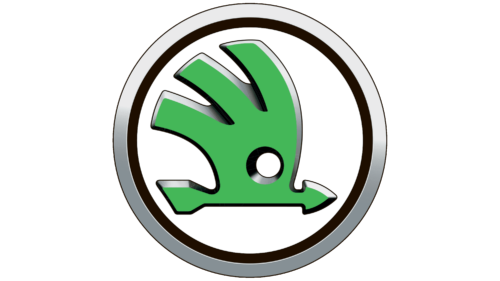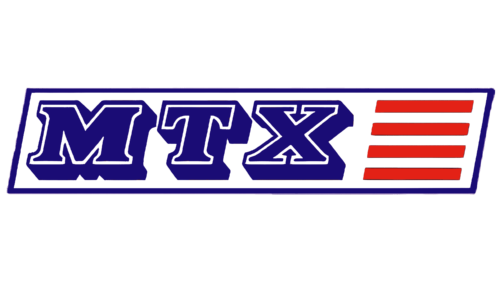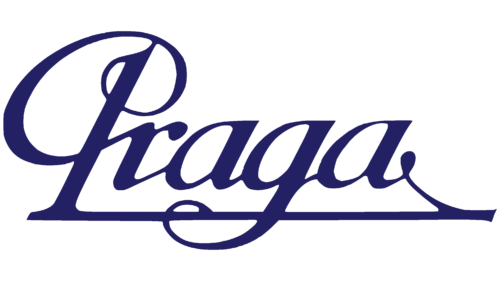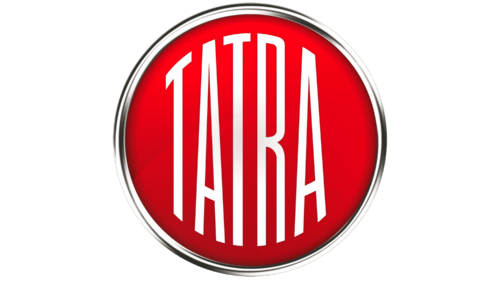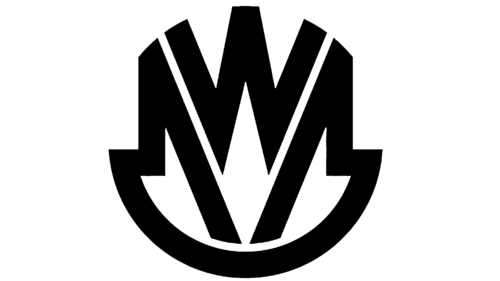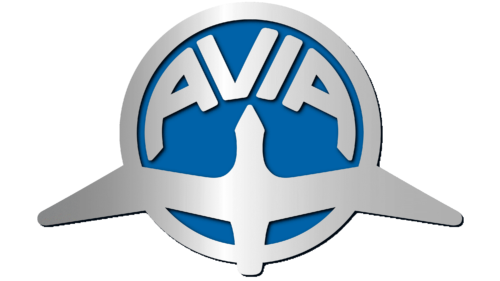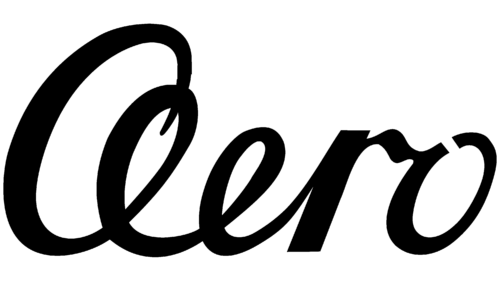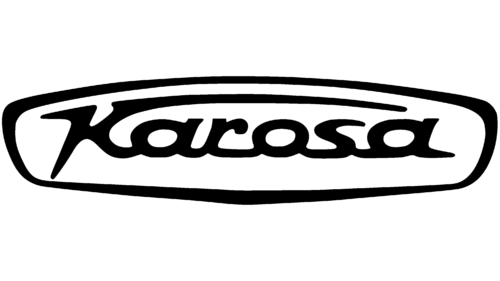The Czech Republic has very strong roots in the automotive industry: in terms of the number of cars produced per capita, it is the leader, second only to Slovakia. The country ranks sixth in Europe in terms of transportation production. Particularly rapid growth has been observed in the XXI century: the Czech Republic has become one of the top twenty countries producing more than 1 million cars annually.
What are Czech automobile brands?
Czech car brands are a well-developed industry, with more than one million cars produced in this country per year. The major brands are Skoda Auto, Kaipan, MTX, Praga, Tatra, and Motors Luka EV.
The dominant brands in the industry are Skoda Auto, Tatra, and Karosa, which occupy the first three lines of the ranking. Other manufacturers are also well-established in the EU. Since 1897 (the beginning of the country’s automobile industry), their number has increased significantly. In the mid-90s of the last century, the German concern Volkswagen entered the market and significantly intensified cooperation with Czech companies.
Major Czech Car Brands
Previously, Czech automobile companies had common roots with Slovakian ones. However, after the collapse of Czechoslovakia, there was a radical division of industry, including the automotive industry. And since transportation production in this region was very well established, car brands were already well-known, and their products were in demand. This shows the considerable experience in this industry and the high development of the Czech automobile industry.
Skoda Auto
In 1895, Václav Klement, a bookstore salesman, and his friend, mechanic Václav Laurin, opened a bicycle repair store in their hometown. They later switched to the production of motorcycles. Gradually, the small company grew into the largest automobile organization. Passenger cars appeared in its assortment in 1905. In the 1920s, Laurin & Klement merged with Skoda, becoming part of the Volkswagen concern. The most sensational models of this automaker are Felicia, Octavia, Favorit, and Fabia.
Kaipan
This is a relatively small automobile company headquartered in Smrzowka. It produces passenger vehicles in the high-price segment, including sports convertibles and convertible roadsters. Having entered the industry in 1992, it released its first car only five years later, in 1997. The basis for the debut model was the Lotus 7. All variants created after that are similar to it, with some changes in corporate identity.
MTX
This car brand began in 1969 when a repair shop for Skoda racing cars was opened. A year later, the mechanics produced their sports car, MTX 1-01. By 1980, the company had already created a huge lineup of sports cars, which participated in several international competitions. All of them were developed on Skoda and Lada chassis.
In 1990, the company acquired a convertible based on the Skoda Rapid. At the same time, a roadster and a convertible based on the Favorit and Felicia models were released. Sometime later, the Czech manufacturer presented the fastest car of that time – the MTX Tatra V8, equipped with a 306 hp engine.
Praga
The brand, founded in 1907, still exists today and is owned by PRAGA-Export S.R.O.. It has several legendary cars and other vehicles to its credit, as it was not only involved in the automotive industry. Since 1947, this Czech company switched to producing military vehicles and trucks. But then it started producing passenger cars again by introducing the Praga R1R supercar. In 2006, it was bought by the British International Truck Alliance. In 2016, the company started developing the Praga R1R again, the first street-legal supercar, which came out in a limited edition of 68 units.
Tatra
One of the oldest Czech companies was founded in 1850 by Ignác Schustala in Kopřivnice, Moravia. At that time, it was called Schustala & Company and produced bricks and baby carriages. It was a very successful manufacturer with offices in several countries. In the early 1880s, the company mastered the production of railroad cars and introduced the first car in central Europe, named President, in 1897.
In 1918, the company was rebranded and became Kopřivnická vozovka AS. After the end of World War II, the company began assembling luxury trucks and cars. In 2013, Tatra was sold under the hammer and became part of the Czechoslovak Concern. It currently produces light trucks with a ridged frame.
Motors Luka EV
This is the brand name of an electric concept car developed by MW Motors. The vehicle is based on the Tatra JK 2500 and is built on an aluminum chassis. The body material is fiberglass. The car is charged in nine hours from a standard 220-volt network and has four-wheel drive and one gear. The battery charge is enough for about 300 kilometers.
Manufacturer, Other
Several vehicle manufacturers operate in the Czech Republic. The international companies Hyundai Motor Europe and Toyota Motor Europe have offices in the country and use in-house technical facilities.
Avia
AVIA Motors entered the transportation construction market in 1919. Its founders were Pavel Benes and Miroslav Hein, who opened the company in Prague. Until 1946, the company produced only airplanes. Then buses and trucks of Tatra, Škoda, and Praga brands appeared. In 1967, the organization was licensed to produce two series of Renault cars. Later, another model was added to them.
In the summer of 2013, this Czech company stopped assembling cars and focused on producing components for them. In 2016, the company came under the jurisdiction of the Czechoslovak Group, which acquired the plant from Ashok Leyland and gave it its current name—AVIA Motors. In 2017, all production facilities were moved to the industrial area of the new owner, Prselouch.
Jawa
The legendary brand originated in 1929 in Tynce nad Sazawa on the initiative of František Janeczek, who acquired the Wanderer division. At first, the company was positioned only as a motorcycle company, supplying its products to more than 120 countries worldwide. The 350 Californian model (1970s) was particularly popular.
The Czech manufacturer released its first passenger car in 1934. It was JAWA 700, created based on DKW. Three years later, a modernized version of JAWA 600 Minor appeared. Car production was carried out in small batches and did not stop even during the Second World War.
Hyundai Motor Manufacturing Czech
HMMC has been operating in Nošovice since the fall of 2008. Its founder is the Hyundai Motor Europe Corporation. The result is a plant worth more than 1 billion euros—that’s how much the parent company invested in it, having spent two years on construction. It produces Hyundai cars in three modifications oriented toward the European market. The enterprise’s production capacity is 300,000 cars per year.
Toyota Peugeot Citroën Automobile Czech
TPCA is a joint venture between Groupe PSA and Toyota Motor Corporation, formed in 2002. It was located in Kolín, where it produced three brands of subcompact cars for sale in Europe (Toyota, Citroën, Peugeot). In 2020, the manufacturer suffered an accident due to a defective batch with a pedal falling out and closed. In January 2021, Toyota Motor Europe became the sole owner of the TPCA plant, renaming it Toyota Motor Manufacturing Czech and making it a subsidiary.
Defunct Car Brands
The Czech automobile industry dates back to the far 19th century when the incredibly wealthy Baron von Liebig expressed a burning desire to purchase his automobile, which was considered an incredible curiosity and luxury. According to his drawings, the car was assembled in the workshop of the brilliant mechanical engineer Benz. On this miracle of technology with a gasoline engine, the Baron covered a distance of almost a thousand kilometers, bypassing several European countries. It was no longer an absolute record but a risky venture then. The Czech automobile industry is grateful to the Baron for such a crazy idea and courage of action because this car was the first sign of the automobile industry in the Czech Republic and laid the foundation for the construction of roads in the country.
Aero
This manufacturer began its career in an aircraft factory, so it got the appropriate name—Aero, that is, “air.” The name has been preserved because it characterizes the brand’s cars —light on the move as if floating. The company’s founder is an engineer, Novotny, who developed all the models himself. The first child was the car “Disk” – a two-seater, two-stroke, with a cylinder engine and gearbox from Daimler.
Then came the Enka with a ten-horsepower engine (the most powerful at the time), trucks with front brakes, and sports cars Aero 1000 (26 hp), Aero 750, and Aero 662S. In 1937, a four-seat front-wheel-drive passenger car appeared. In 1949, another company took over the brand, and in 1952, it was declared liquidated due to bankruptcy.
Karosa
In 1896, Josef Sodomka opened a private carriage factory, so the company still bears this name. In 1948, the company was nationalized and taken over by the state. It was converted to the production of buses, creating an effective competitor to famous companies like Skoda and Praga. The company presented the legendary model 706RTO two years later, which later received many awards. Later on, other bus variants appeared on its back.
In 1989, the company began to experience hard times and sharply reduced production volumes. Renault Corporation came to its aid, modernizing the plants. In 1999, Carosa joined the Irisbus group of companies. In 2007, the company received a new name – Iveco Czech Republic.
Zbrojovka
The Brno-based company entered the automobile industry in 1924, but before that, it produced firearms. Its first model was a passenger car under the Disk brand. It was later improved and replicated as the Model Z. Successful experiments continued for quite a long time, offering customers a variety of cars, including racing cars. However 1936, due to a sudden financial crisis, production ceased and was never resumed.
SOR
The Czech company SOR Libchavy produced agricultural machinery until 1991, and in 1993, began supplying economy buses to Eastern Europe. The SOR logo is a dark gray monogram of the letters “S,” “O,” and “R,” with the last two letters merging into a single pattern.
FAQ
What is a Czech car?
A Czech car usually refers to a vehicle made by Škoda Auto, a famous car brand from the Czech Republic. Škoda was founded in 1925 as the successor to Laurin & Klement. The company is based in Mladá Boleslav, Czech Republic.
The company has a long history of making various vehicles, including compact cars, sedans, SUVs, and commercial vehicles. The cars’ practical designs, innovative features, and strong performance make them popular in Europe and many other places.
The brand has started making electric and hybrid vehicles, showing its commitment to sustainability and innovation. As part of the Volkswagen Group since 1991, the brand benefits from advanced technology and engineering resources, improving its product lineup and global presence.
What are the top automotive companies in the Czech Republic?
The top automotive companies in the Czech Republic are Škoda Auto, TPCA, and Hyundai Motor Manufacturing Czech.
Škoda Auto is the most famous car manufacturer in the country. Škoda produces many vehicles, including compact cars, sedans, and SUVs, including electric and hybrid vehicles.
TPCA (Toyota Peugeot Citroën Automobile Czech) is another major company. It is a joint venture between Toyota and PSA Peugeot Citroën. TPCA focuses on small cars and is known for efficient production and high-quality vehicles.
Hyundai Motor Manufacturing Czech (HMMC) is part of a global automotive brand. HMMC makes compact cars and SUVs for the European market.
These three manufacturers are key players in the Czech automotive industry, helping to make the country an important part of the global car market.
What cars are produced in the Czech?
The Czech Republic is known for producing reliable cars and has a strong reputation worldwide. The market mainly features gasoline-powered cars, but manufacturers are shifting to electric vehicles. Toyota-Peugeot-Citroën, Hyundai, and Škoda operate the key factories in the Czech Republic.
Škoda Auto produces various models, such as the Škoda Octavia, a compact car known for reliability and practicality, and the Škoda Superb, a spacious and comfortable sedan. Škoda makes SUVs like the Škoda Kodiaq and Škoda Kamiq. Recently, Škoda has added electric vehicles like the Škoda Enyaq iV to its lineup.
Tatra is known for its heavy-duty trucks and off-road vehicles used in construction, mining, and military applications.
Karosa specializes in producing buses for public transportation. Its buses are known for their reliability and efficiency and serve urban and intercity travel needs.
Toyota-Peugeot-Citroën (TPCA) operates a plant in Kolín. This factory produces small cars like the Toyota Aygo, Peugeot 108, and Citroën C1. These compact models are popular for city driving due to their efficiency.
Hyundai Motor Manufacturing Czech (HMMC), located in Nošovice, manufactures models like the Hyundai i30, a compact car known for its value, and the Hyundai Tucson, a popular SUV.
Does the Czech Republic make cars?
Yes, the Czech Republic has a developed automotive industry. Due to its location and available resources, it is a major part of the country’s economy.
Škoda Auto is the most well-known car manufacturer in the Czech Republic and makes a variety of vehicles. The brand produces electric vehicles.
Tatra is another important manufacturer known for heavy-duty trucks and off-road vehicles.
Karosa produces buses for public transportation. These buses are known for their reliability and efficiency and serve city and intercity travel.
Toyota-Peugeot-Citroën (TPCA) has a large plant in Kolín. This factory produces small cars like the Toyota Aygo, Peugeot 108, and Citroën C1.
Hyundai Motor Manufacturing Czech (HMMC), located in Nošovice, produces several models, including the Hyundai i30 and Hyundai Tucson.
The presence of these major manufacturers keeps the Czech Republic as a key player in the global automotive market.
What is the most popular car in the Czech Republic?
The most popular cars in the Czech Republic are mostly Škoda models. Residents like to buy locally-made vehicles, and Škoda has many top-selling models.
The Škoda Fabia is a favorite for its compact size and practicality. It is great for city driving and has good performance and fuel efficiency.
The Škoda Octavia is another popular choice. It is known for its reliability and spacious interior, making it suitable for families and professionals.
The Škoda Kamiq and Škoda Karoq are top options for those looking for a compact SUV. The Kamiq has a modern design and advanced features, while the Karoq offers more space and power for longer trips.
The Škoda Scala is a newer model that quickly became popular. It combines style, technology, and practicality.
For larger families, the Škoda Kodiaq is a common choice. This SUV is known for its roomy interior, comfort, and strong performance.
The Škoda Superb is a top-selling sedan valued for its luxury feel, advanced features, and spaciousness. It is popular among business professionals.
Other popular cars in the Czech Republic include the Hyundai i30 and Hyundai Tucson, which are known for their reliability and value for money.
The Volkswagen Golf is well-liked. It is known for its high-quality build, performance, and stylish design, appealing to a wide audience.

